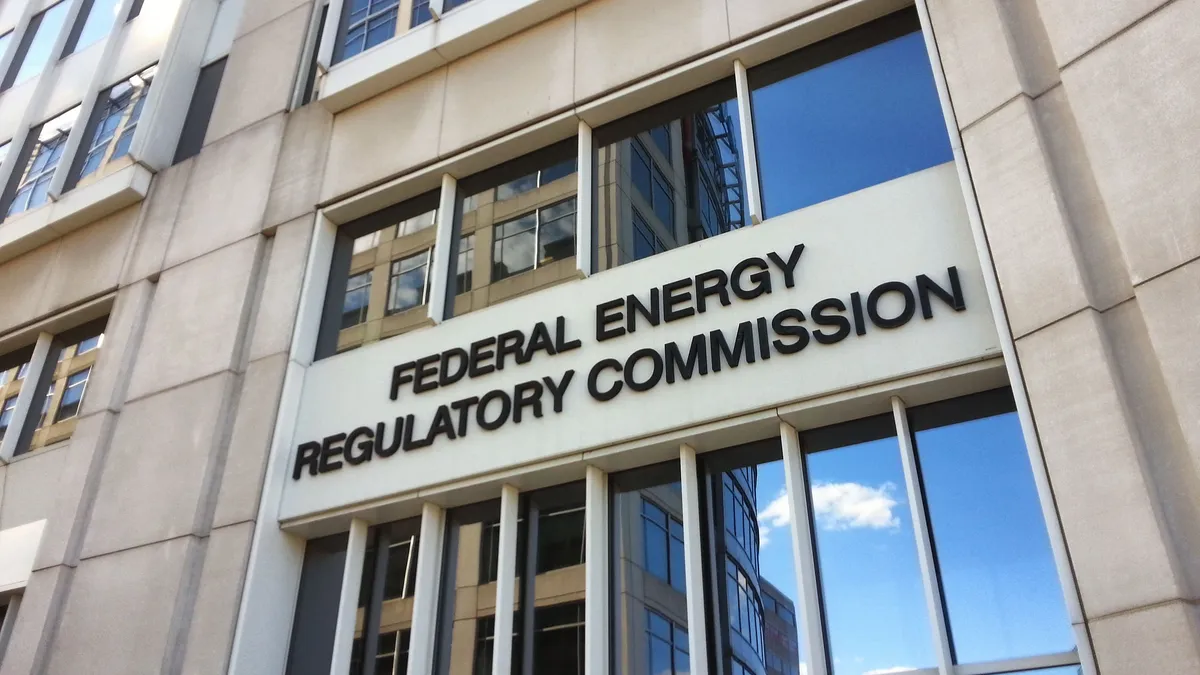Dive Brief:
-
The Federal Energy Regulatory Commission has issued a notice of proposed rulemaking (NOPR) seeking to more effectively integrate electric storage resources into wholesale power markets.
-
The NOPR stems from concerns that electric storage resources may face barriers that limit them from participating in organized markets and proposes to amend the agency’s rules to recognize the physical and operational characteristics of electric storage resources to accommodate their participation.
-
FERC also is proposing to make changes in its rules to define distributed energy resource aggregators as a type of market participant that can participate in wholesale electric markets.
Dive Insight:
FERC in November held a technical conference that explored issues such as under what circumstances it would be appropriate for energy storage resources to provide multiple services, and whether the wholesale market tariffs need to include provisions to accommodate them.
Some storage projects, such as Indianapolis Power & Light’s (IPL) 20 MW Harding Street facility, having been bumping up against market rules that do not take into account their operating characteristics.
IPL has petitioned FERC to look into the Midcontinent ISO’s market rules, which it says are designed for flywheel storage and are disadvantageous for battery storage.
PJM Interconnection rules have been more accommodating, but even there a rush of storage projects to provide frequency regulation service has resulted in a temporary halt in projects until the RTO can sort out its rules and parameters for other storage uses.
In announcing the NOPR, FERC Commissioner Cheryl LaFleur noted California is also reforming its rules for energy storage in its wholesale market, and said the commission will watch the state's nation-leading storage sector closely.
"[S]uccessfully deploying distributed resources on a large scale ... will require close coordination among the RTO/ISOs, the distribution control centers that operate the systems to which they are connected, and the distributed energy resource aggregators," LaFleur said in a statement. "This coordination could include, for example, real-time operating procedures and software-enabled communications among the control centers. Today’s order requests comment on these issues."
Comments on the NOPR are due 60 days after its publication in the Federal Register.














